Latin America in Construction: MoMA redefines the International Style
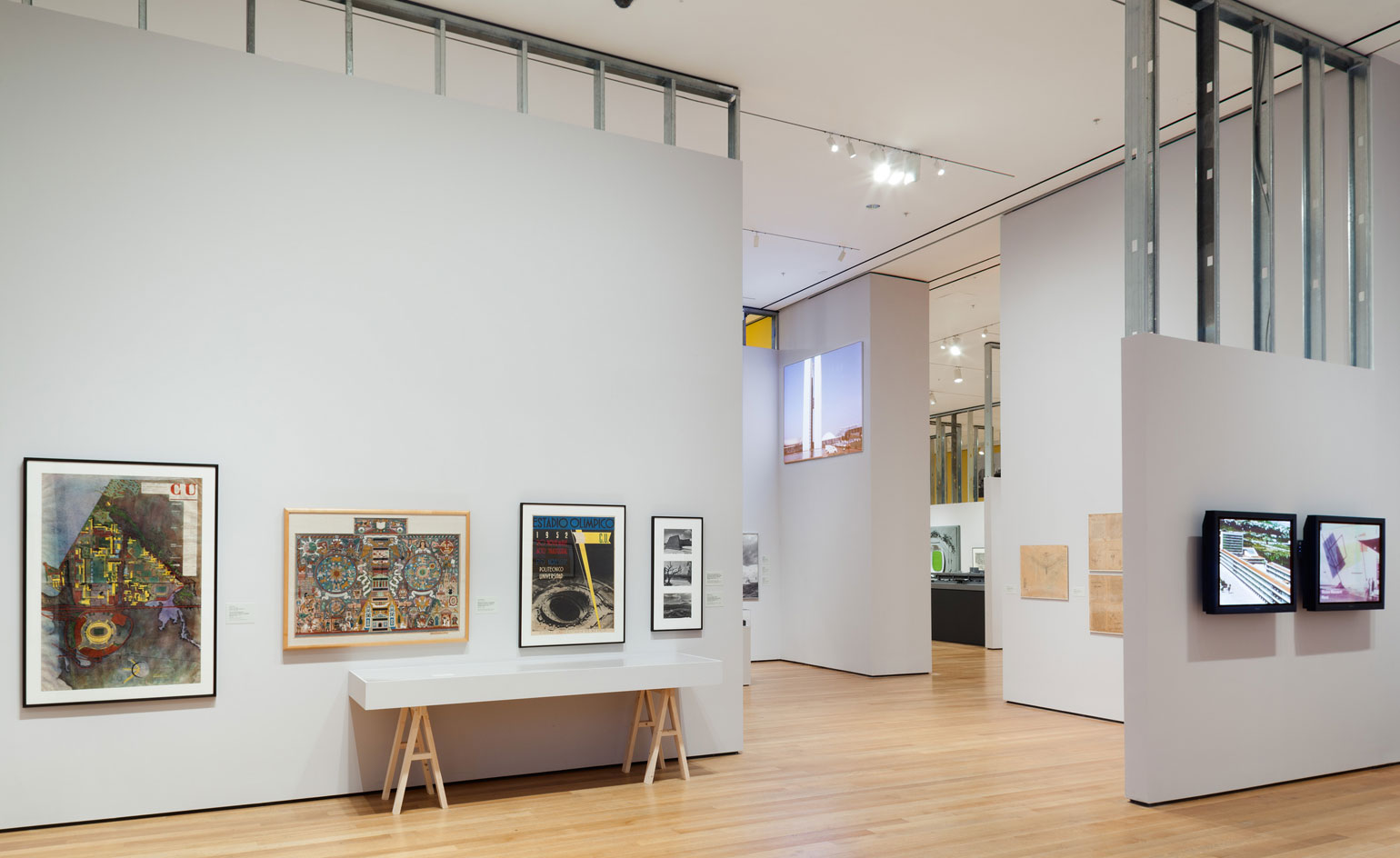
In 1929, while lecturing in Buenos Aires, Le Corbusier deftly sketched some classical references - a broken pediment; orders Doric, Ionic, and Corinthian; an approximation of the Parthenon - and then crossed them out with a big red "X." 'Ceci n'est pas l'architecture,' he scrawled below, in downward sloping cursive. 'Ce sont les styles.'
That drawing, created in the same year as René Magritte's famous painterly protest of a pipe, is among the first works that visitors encounter in the Museum of Modern Art's invigorating and incisive survey of modern architecture in Latin America, and it acts as a kind of opening bell for a 25-year, 11-country (Chile, Argentina, Uruguay, Brazil, Peru, Colombia, Venezuela, Mexico, Cuba, the Dominican Republic, and Puerto Rico) bout of old versus new in which innovation, complexity and radical originality emerge on top.
Corbusier's sketch does more than set the tone for a regional rethinking of academic tradition and the Beaux-Arts legacy of city planning, explains MoMA curator Barry Bergdoll. Bergdoll has organised the exhibition over the last seven years, with Patricio del Real, Jorge Francisco Liernur, and Carlos Eduardo Comas. 'It points to the fact that Le Corbusier had gone to South America in 1929 - he only visited North America for the first time in 1935 - and Frank Lloyd Wright in 1931, yet no Latin American buildings were included in that seminal defining [MoMA] show, The International Style, which was anything but international!'
This ambitious survey picks up where yet another landmark MoMA show - Latin American Architecture Since 1945 - left off. 'The 1955 exhibition was a photographic field report on contemporary architecture of the previous decade,' says Bergdoll. 'This is a historical inquiry into a quarter century that ended thirty-five years ago.'
Visitors are plunged into 'a region in motion', with the help of a seven-screen installation that plays 693 precisely coordinated excerpts of archival footage that reveal the rapidly changing rhythms of life in major cities such as Montevideo, Buenos Aires, São Paulo, and Rio de Janeiro amidst Latin America's spectacular post-1945 urbanisation. 'These archival films…allow a view of the work in human context of how a building is birthed, how it lives, and how it may even fade to dust,' notes Joey Forsyte, who researched and edited the mega-anthology.
A myriad of approaches to the ideal future city come into focus through approximately 500 original works, from newly commissioned large-scale models and a portfolio by Brazilian photographer Leonardo Finotti to original drawings and ephemera. Set against a vast yellow timeline wall of key historical events, thematic sections tackle topics such as campus design and the ciudad universitaria (university city), the modernist dream fulfilled of Brasília, and the global export of Latin American urban planning models. The result is a rich network of ideas, influences, and collaborators including Alexander Calder, whose 'acoustic clouds' float in the auditorium of Carlos Raúl Villanueva's Aula Magna at La Ciudad Universitaria de Caracas. Notable too is Louis Kahn, who tapped Luis Barragán for help on the decidedly non-tropical court of the Salk Institute in California.
If the density, pace and sheer range of such a show sounds like it could overwhelm, well, that's by design. Bergdoll expects visitors to leave surprised by 'the sheer quantity of excellent architecture, the breathtaking speed of urban transformations and the vast variety of innovations and explorations,' along with plenty of individual discoveries. 'A building like the Banco de Londres in Buenos Aires, or the Torres del Parque in Bogota should be as famous as Frank Lloyd Wright's Fallingwater or Guggenheim for example,' he adds, 'and Lina Bo Bardi's SESC Pompeii is a built utopia.
Receive our daily digest of inspiration, escapism and design stories from around the world direct to your inbox.
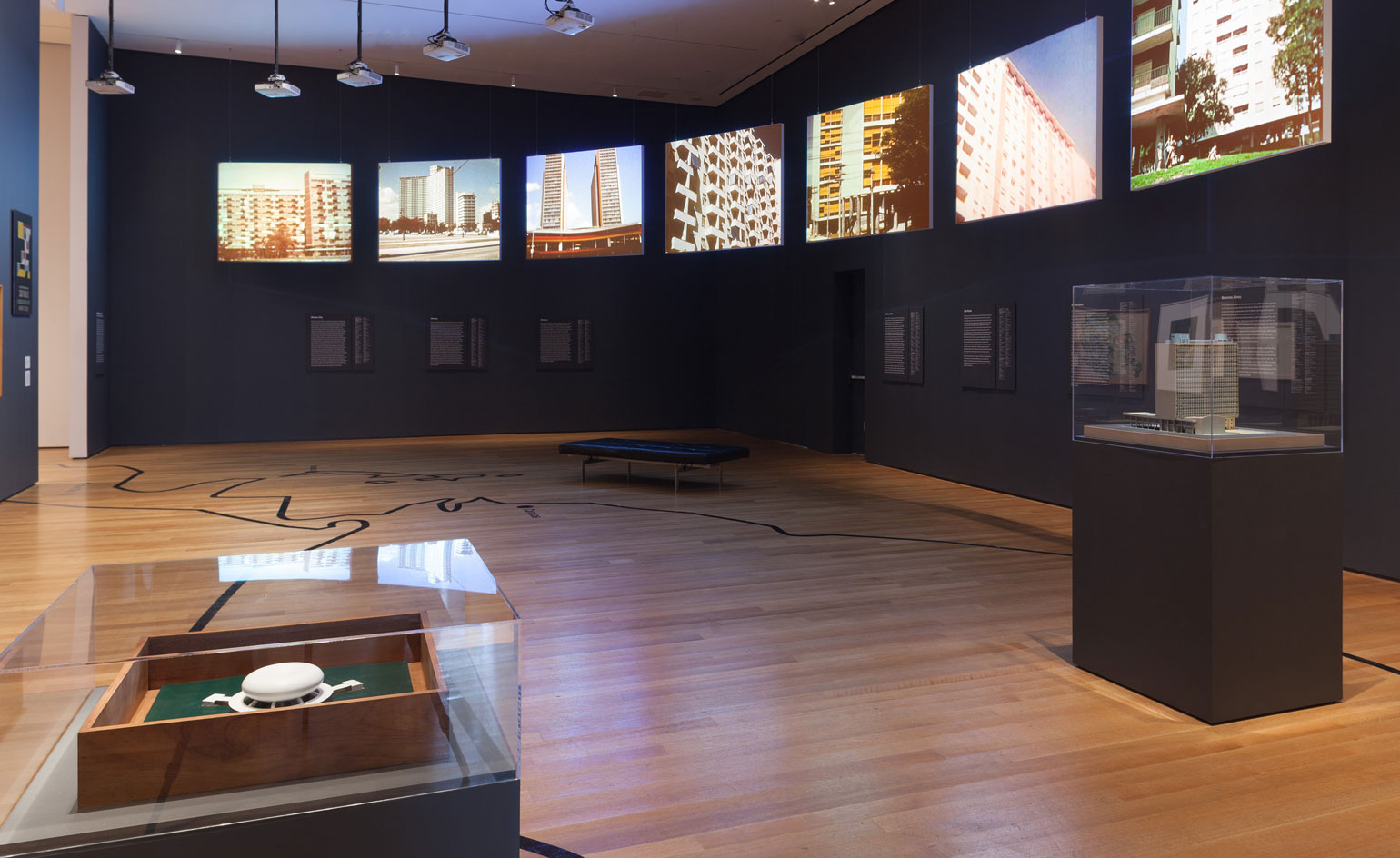
The seven-screen installation of coordinated excerpts of archival footage, revealing the rapidly changing rhythms of life in major South American cities.Courtesy of The Museum of Modern Art, New York, 2015
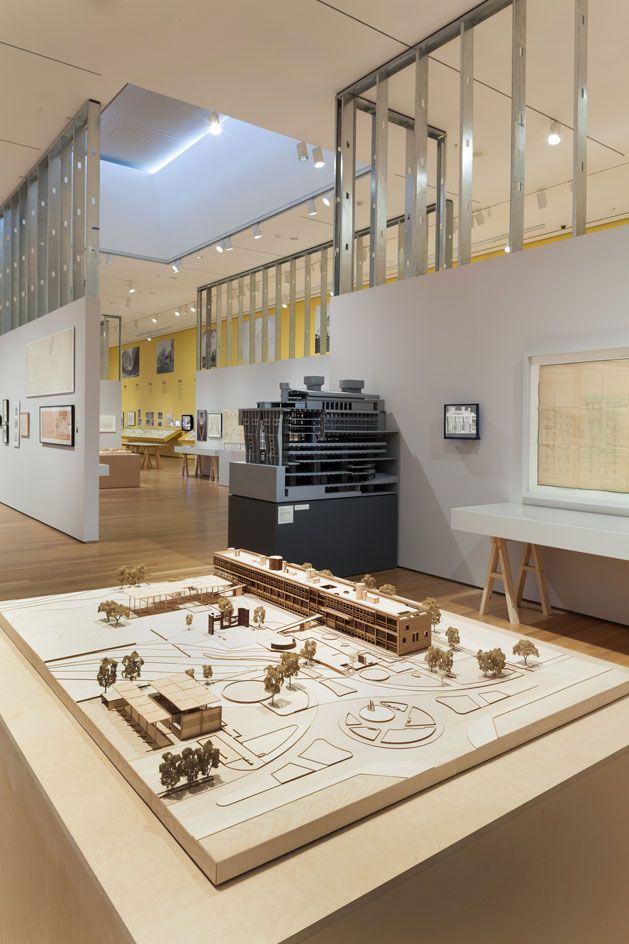
A number of the 500 works on show are large-scale models, tracking the development of design over the years
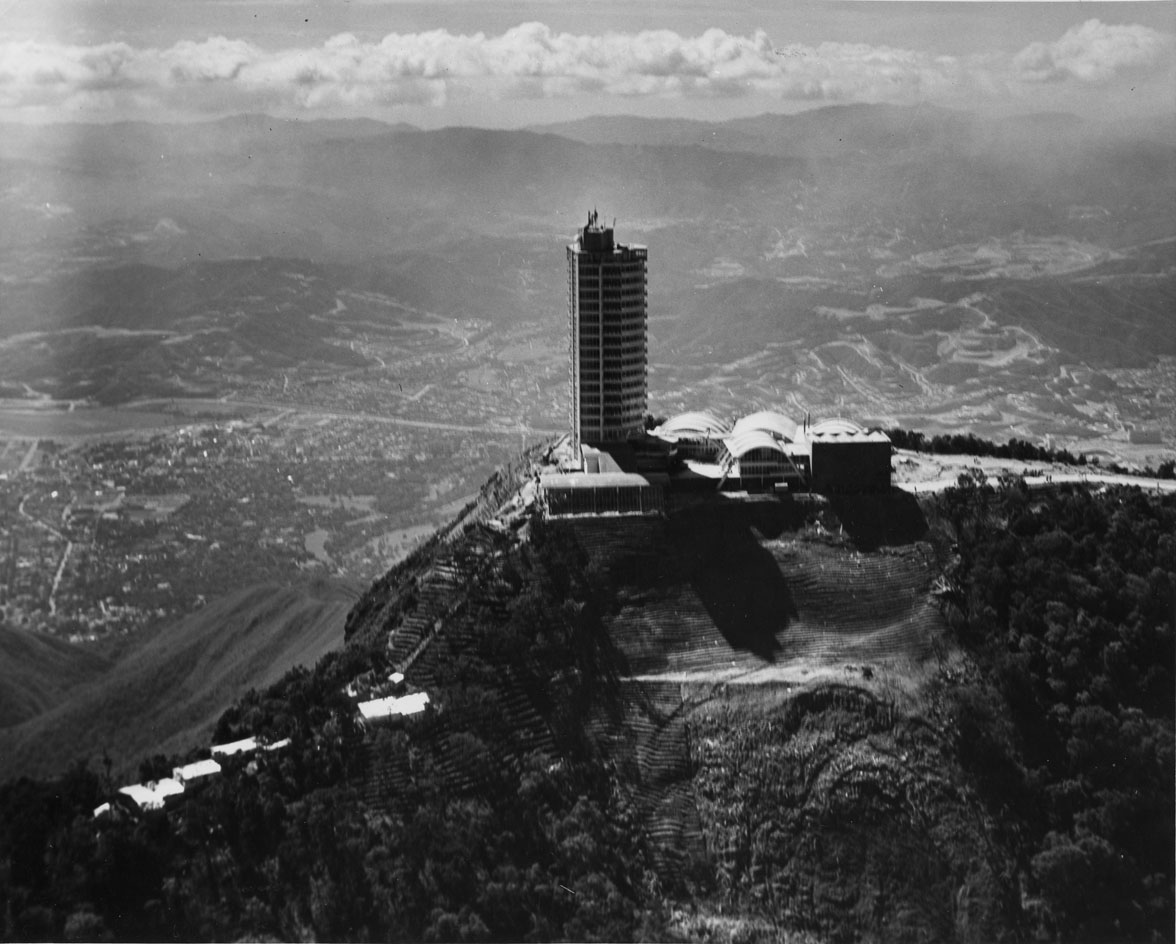
Tomás José Sanabria's Hotel Humboldt, Caracas, Venezuela, 1956. Courtesy of Fundación Alberto Vollmer
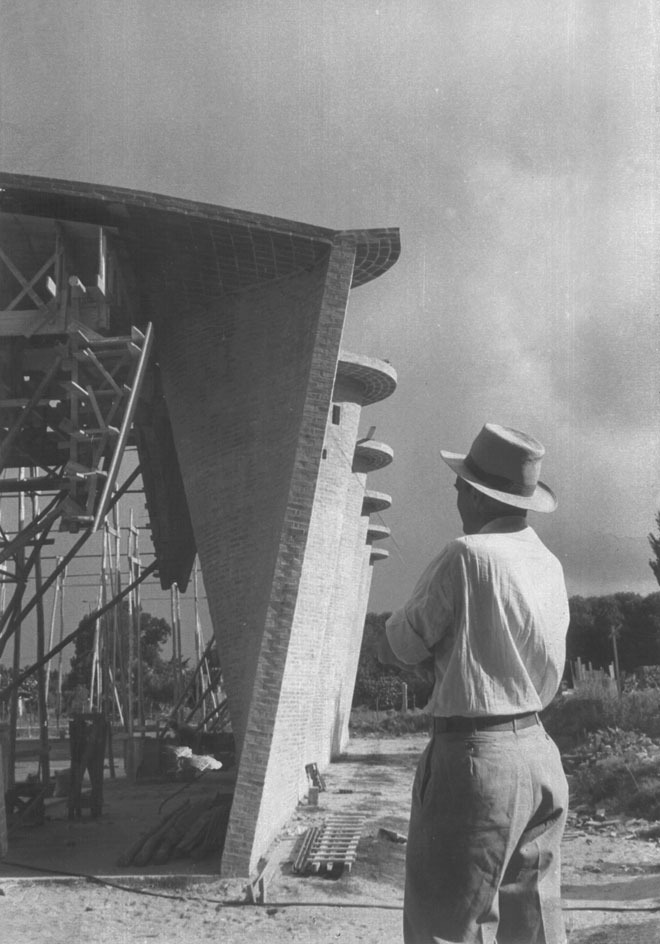
Eladio Dieste overseeing the construction of his Atlantida Church in Uruguay, c.1959.Archivo Dieste y Montañez
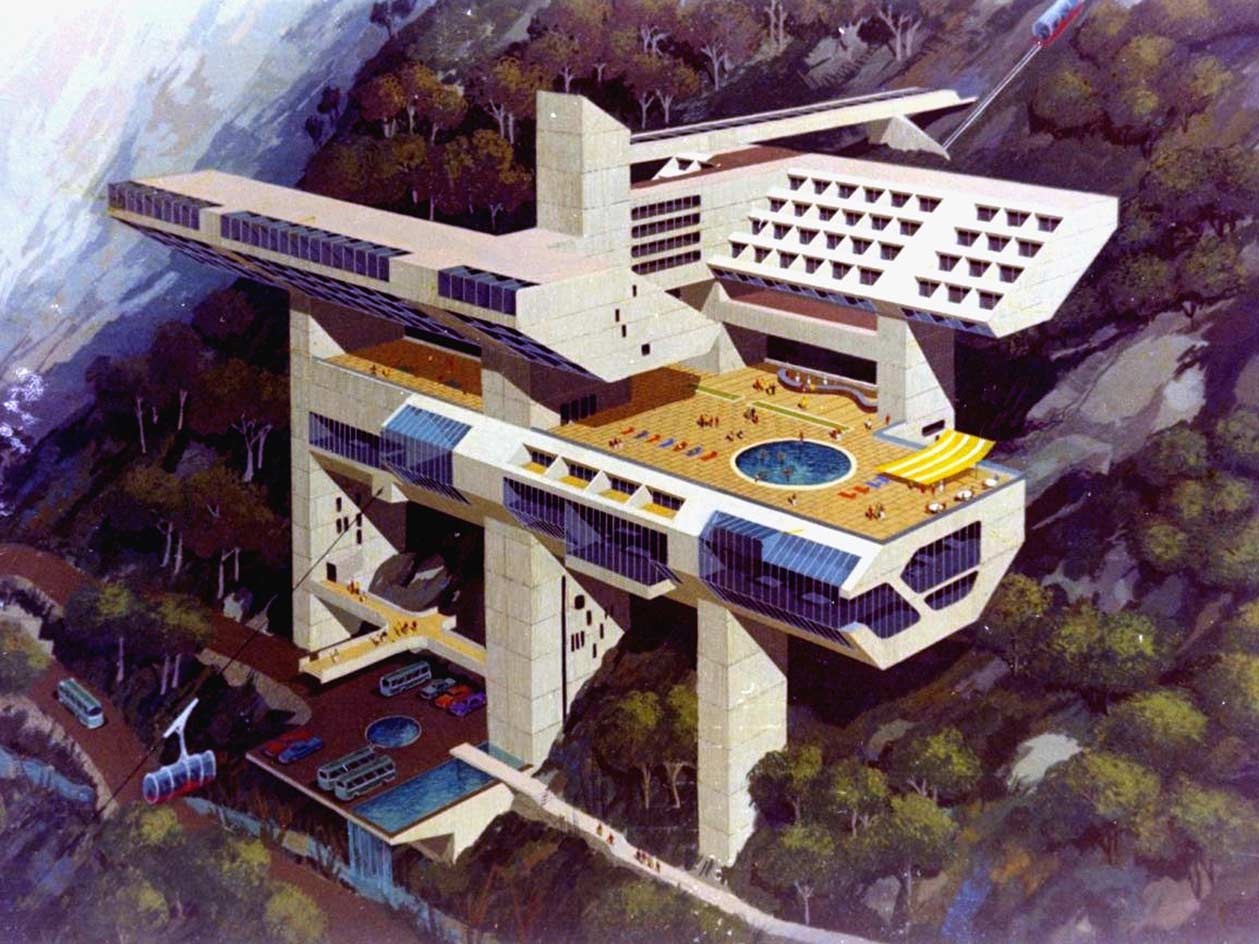
Perspective plan for Miguel Rodrigo Mazuré's Hotel in Machu Picchu project, 1969. Courtesy of Archivo Miguel Rodrigo Mazuré
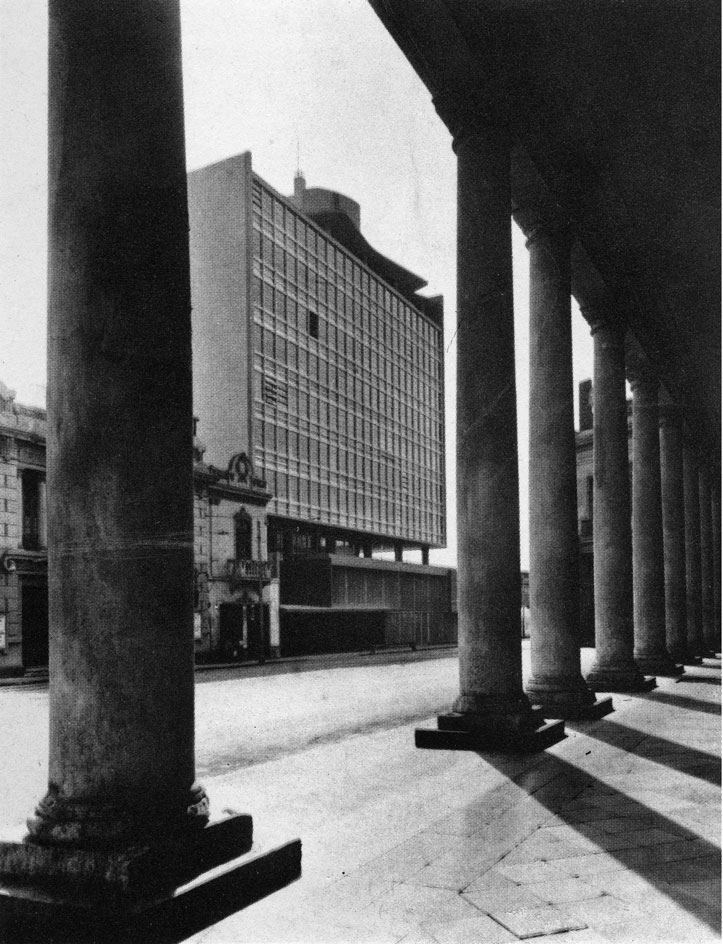
View of Atlas Building, Lima by Walter Weberhofer Quintana, 1953. Courtesy of Walter Weberhofer
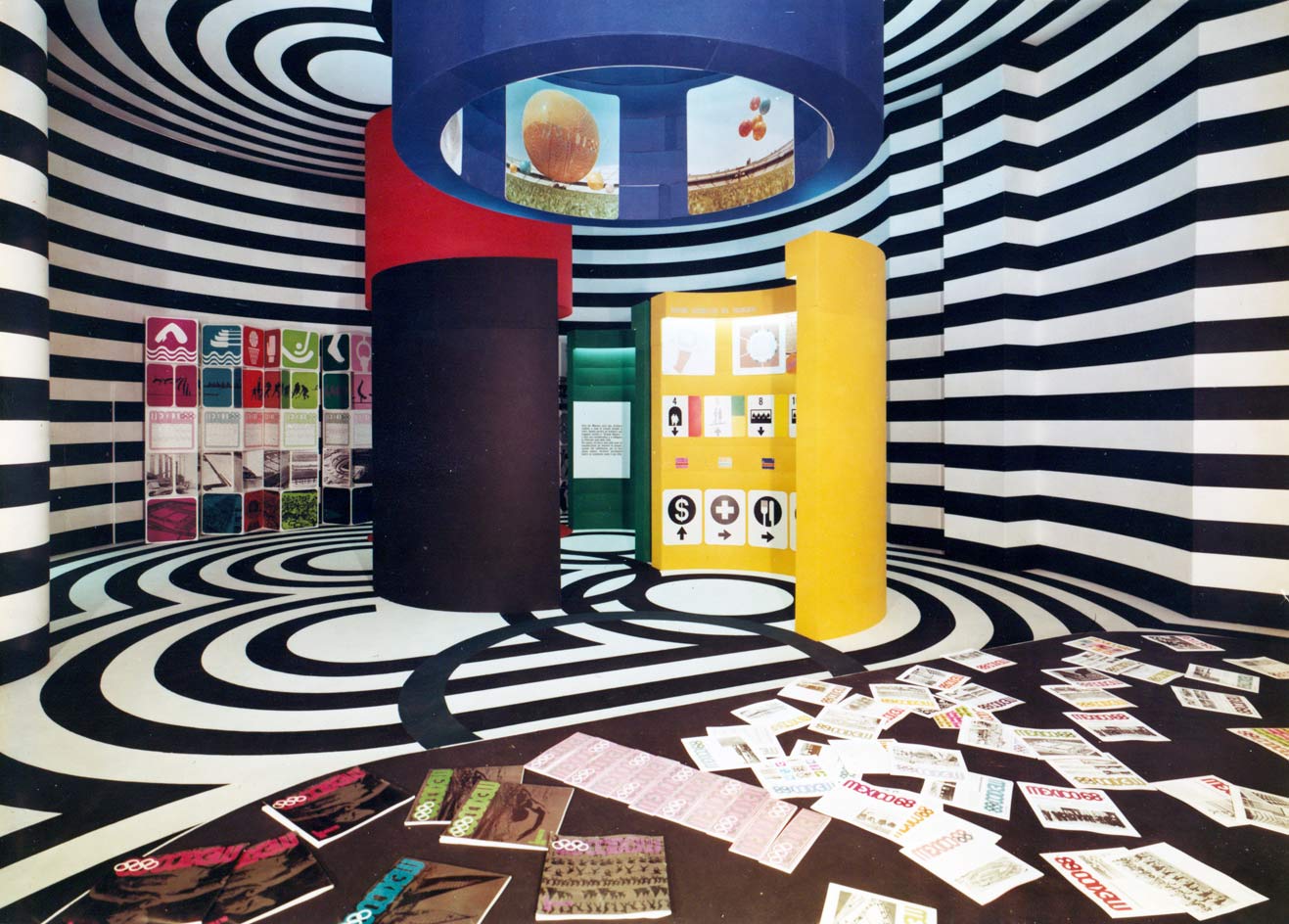
Interior view of Eduardo Terrazas' Mexican Pavilion at the Triennale di Milano of 1968. The design was based on an Olympic logo by Terrazas and Lance Wyman. Printed matter was by Beatrice Trueblood. Courtesy of Eduardo Terrazas Archive

Edificio Palmas 555 in Mexico City by Juan Sordo Madaleno, 1975. .Museum of Modern Art, New York. Gift of Sordo Madaleno Arquitectos
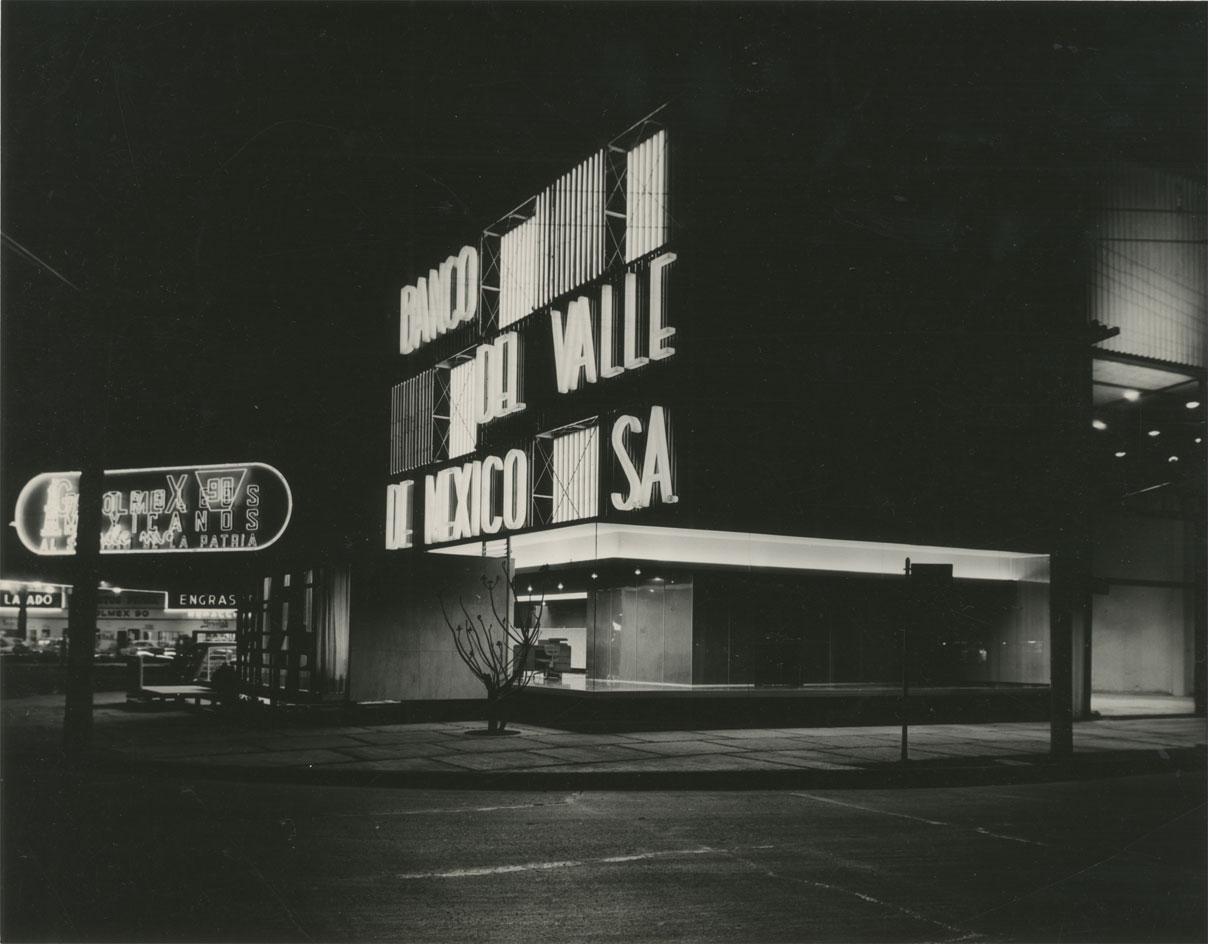
Augusto H. Álvarez's Banco del Valle de Mexico - also in Mexico City, 1958. Archivo de Arquitectos Mexicanos, Facultad de Arquitectura, Universidad Nacional Autónoma de México
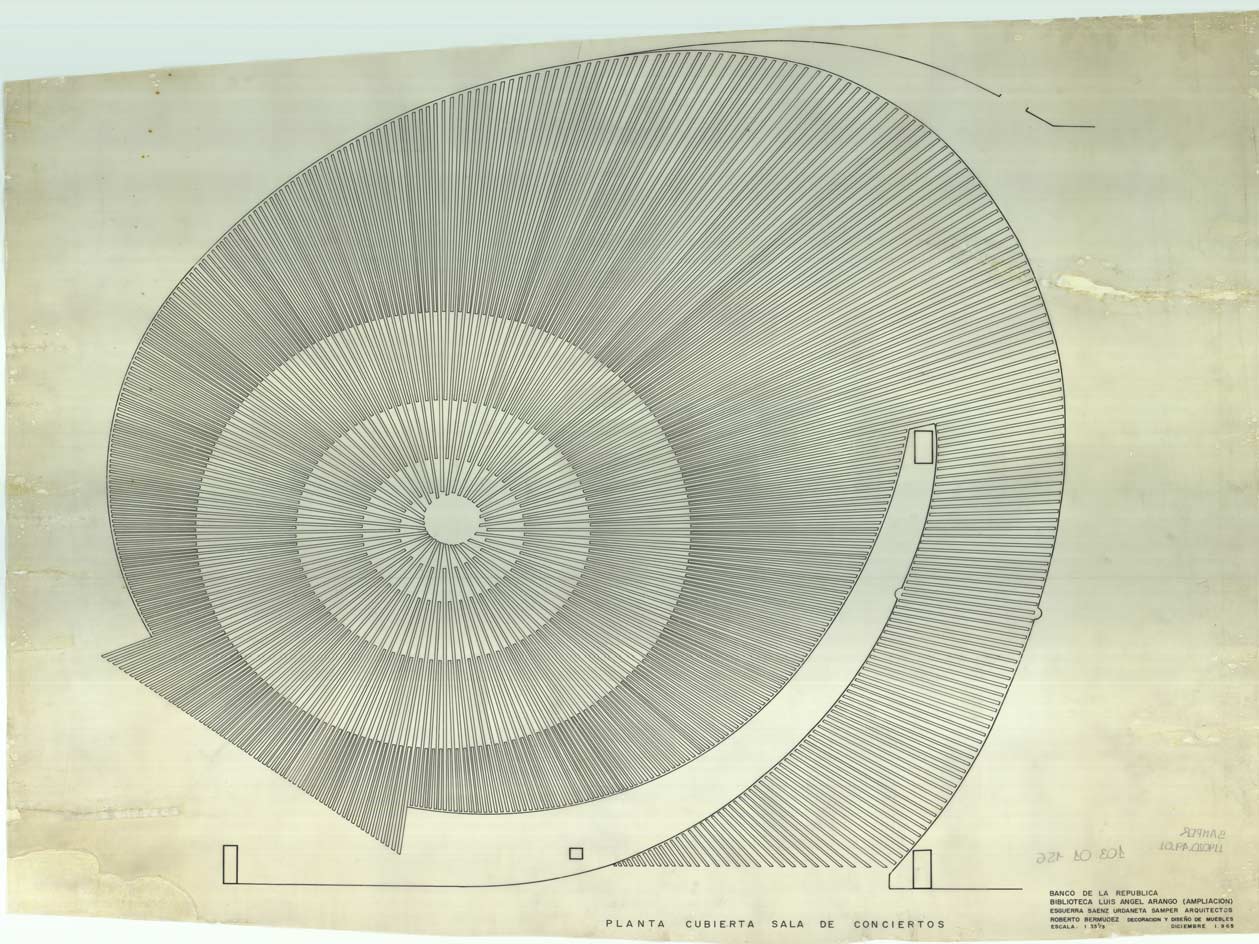
A drawn cover plan for the concert hall in Bogotá's Luis Ángel Arango Library (Biblioteca Luis Ángel Arango) by Esguerra Sáenz y Samper, 1965. Courtesy of Archivo de Bogotá

A social Housing Complex in San Cristobal, Bogotá by Rogelio Salmona and Hernán Vieco, 1963-1966. Courtesy of Fundación Rogelio Salmona
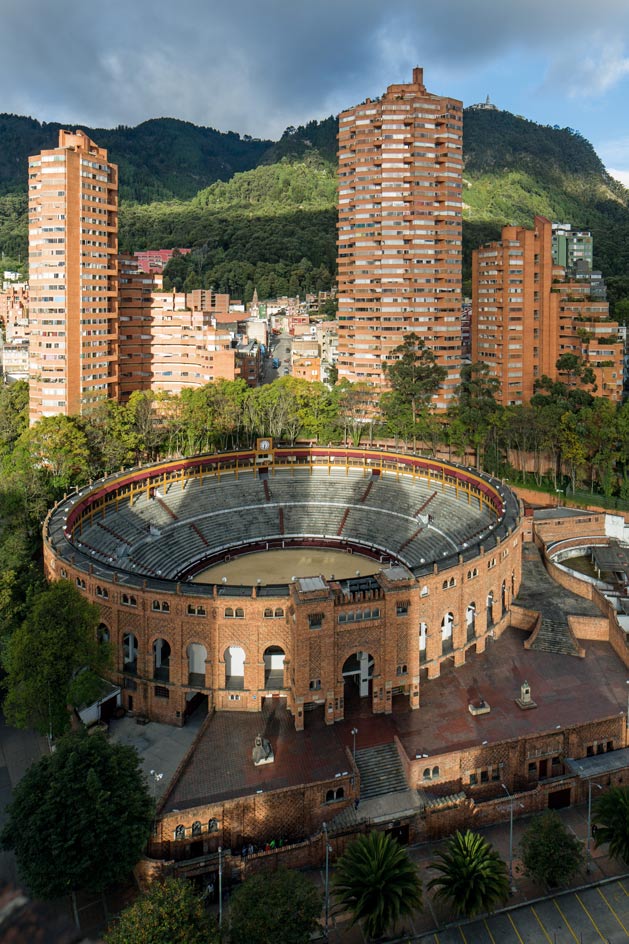
Leonardo Finotti's photograph of Salmona's Torres del Parque residential complex in Bogotá, 1964-70. Courtesy of Leonardo Finotti
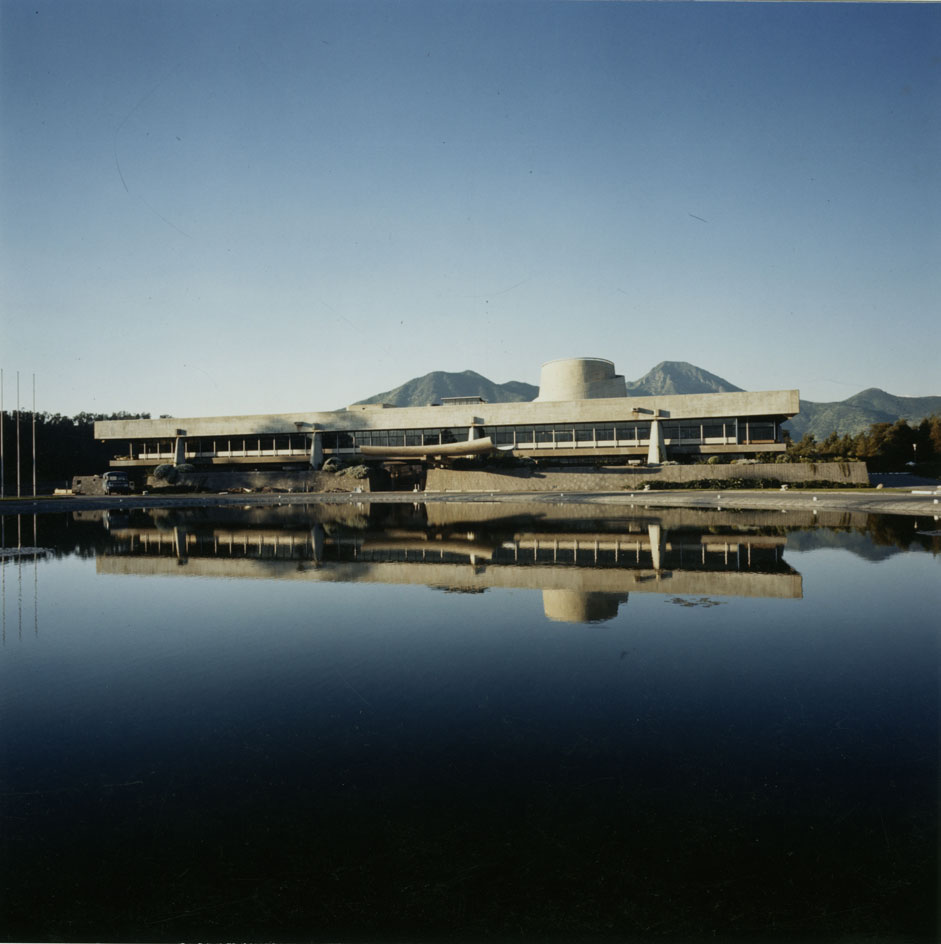
The United Nations Economic Commission for Latin America and the Caribbean (CEPAL), Santiago by Emilio Duhart, 1962-1966.
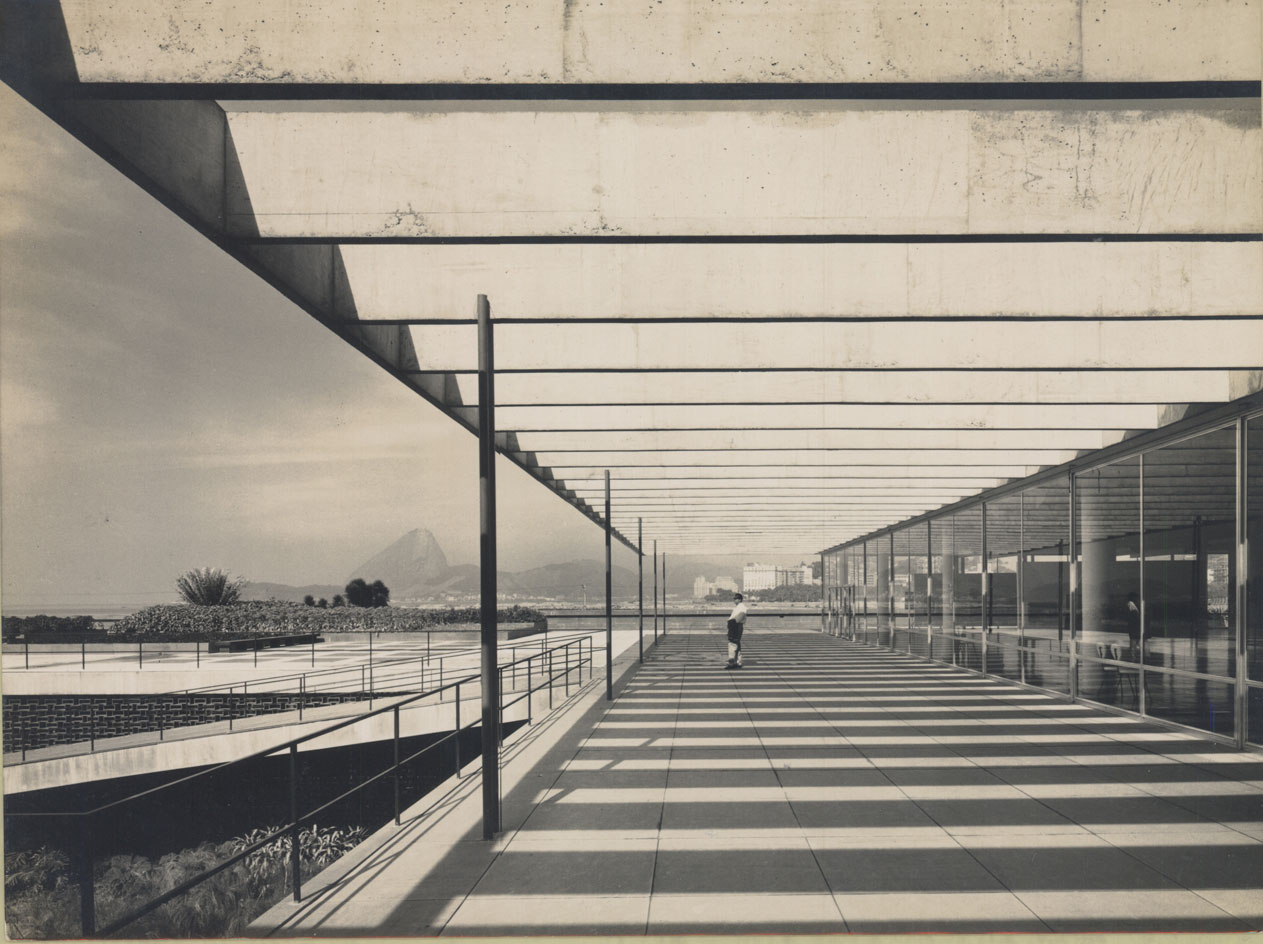
The Museum of Modern Art of Rio de Janeiro (MAM) by Affonso Eduardo Reidy, 1934-1947.
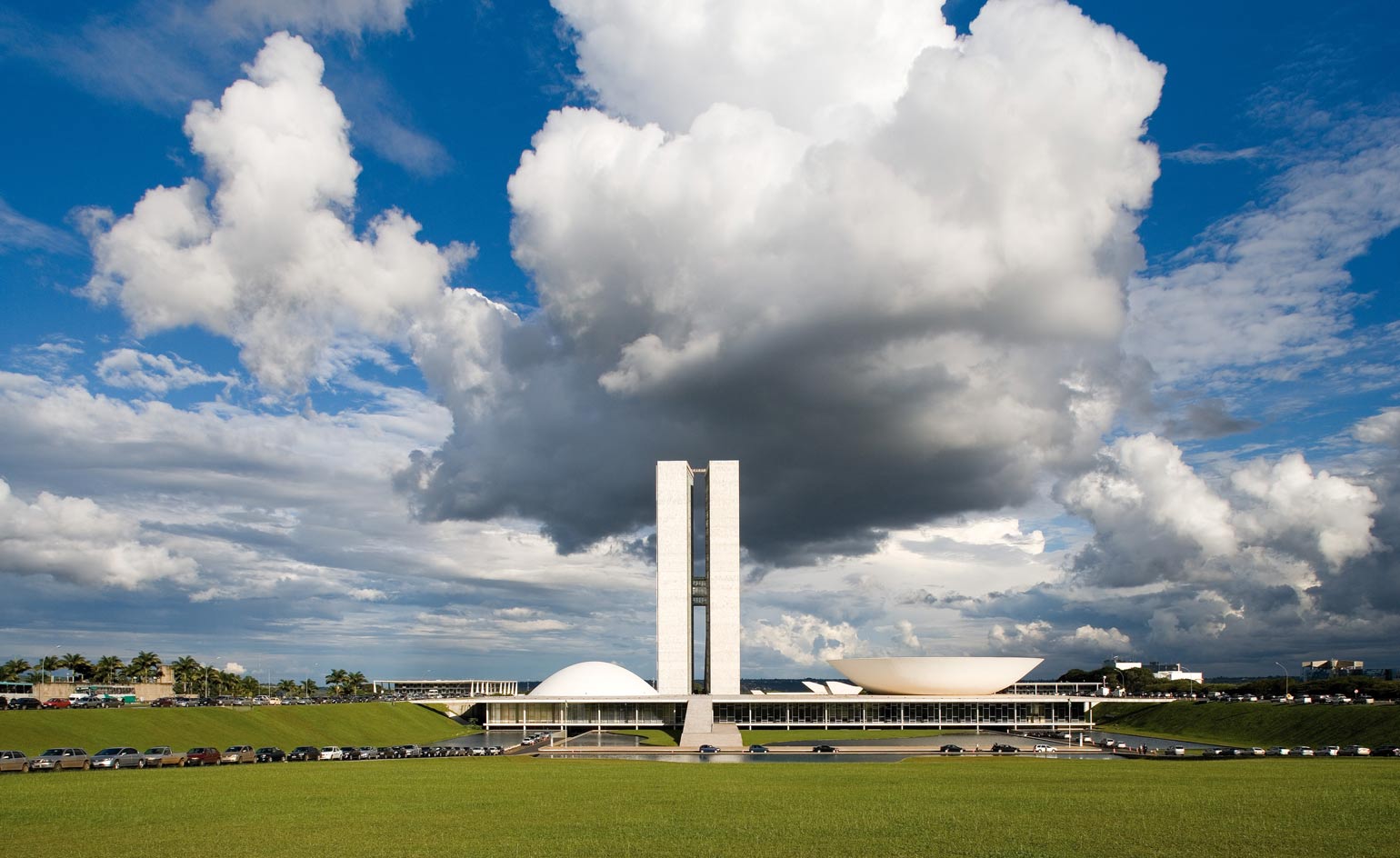
Lúcio Costa and Oscar Niemeyer's Plaza of the three powers in Brasilia, 1958-60, as shot by Leonardo Finotti.Courtesy of Leonardo Finotti
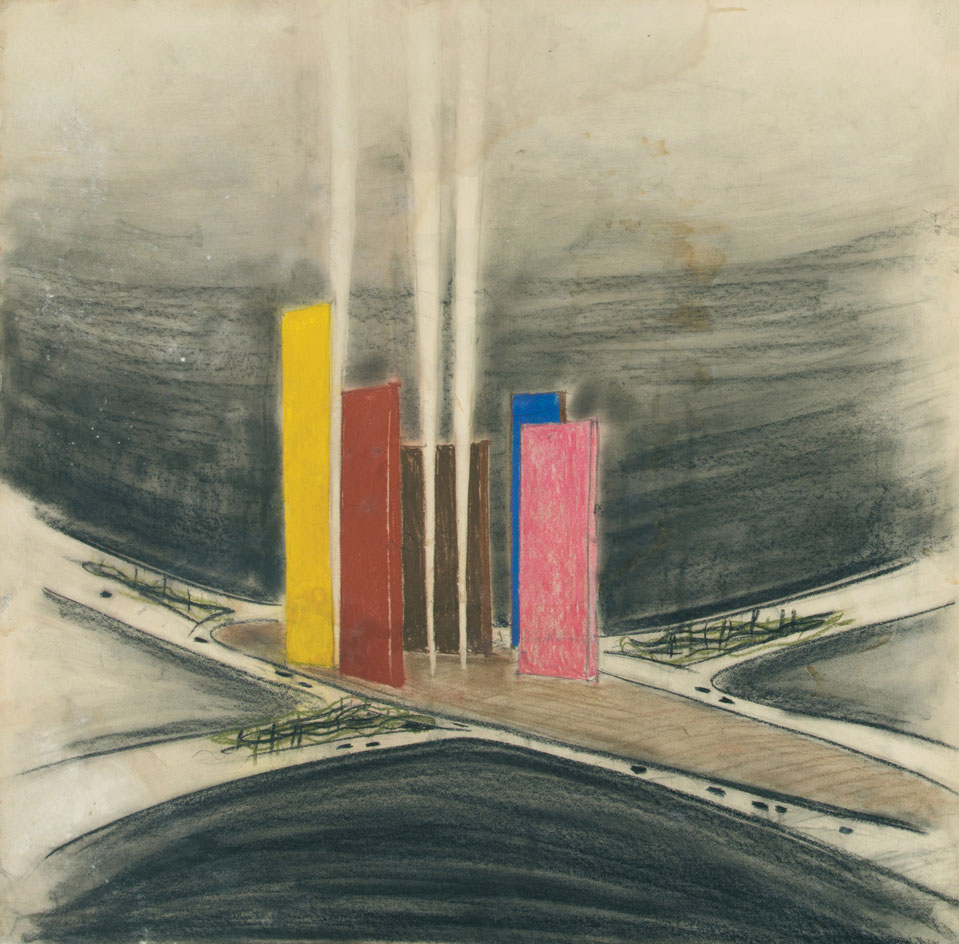
Perspective view of the towers of Torres de Satélite (1957), Ciudad Satélite, Mexico City by Luis Barragán. Barragán Archives, Barragan Foundation, Switzerland. New York
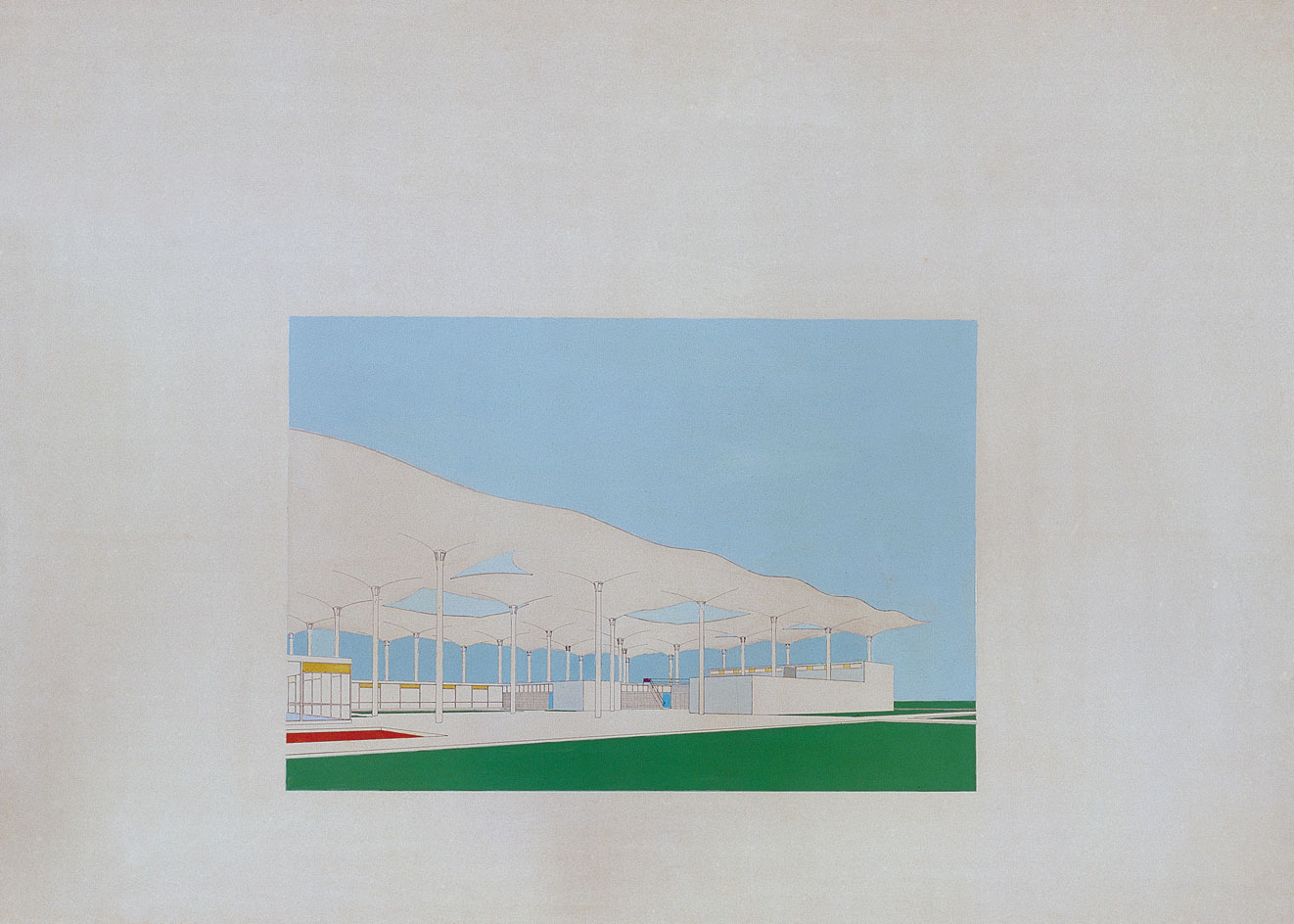
A drawing of the hopsital in Corrientes, Argentina by Amancio WIlliams.
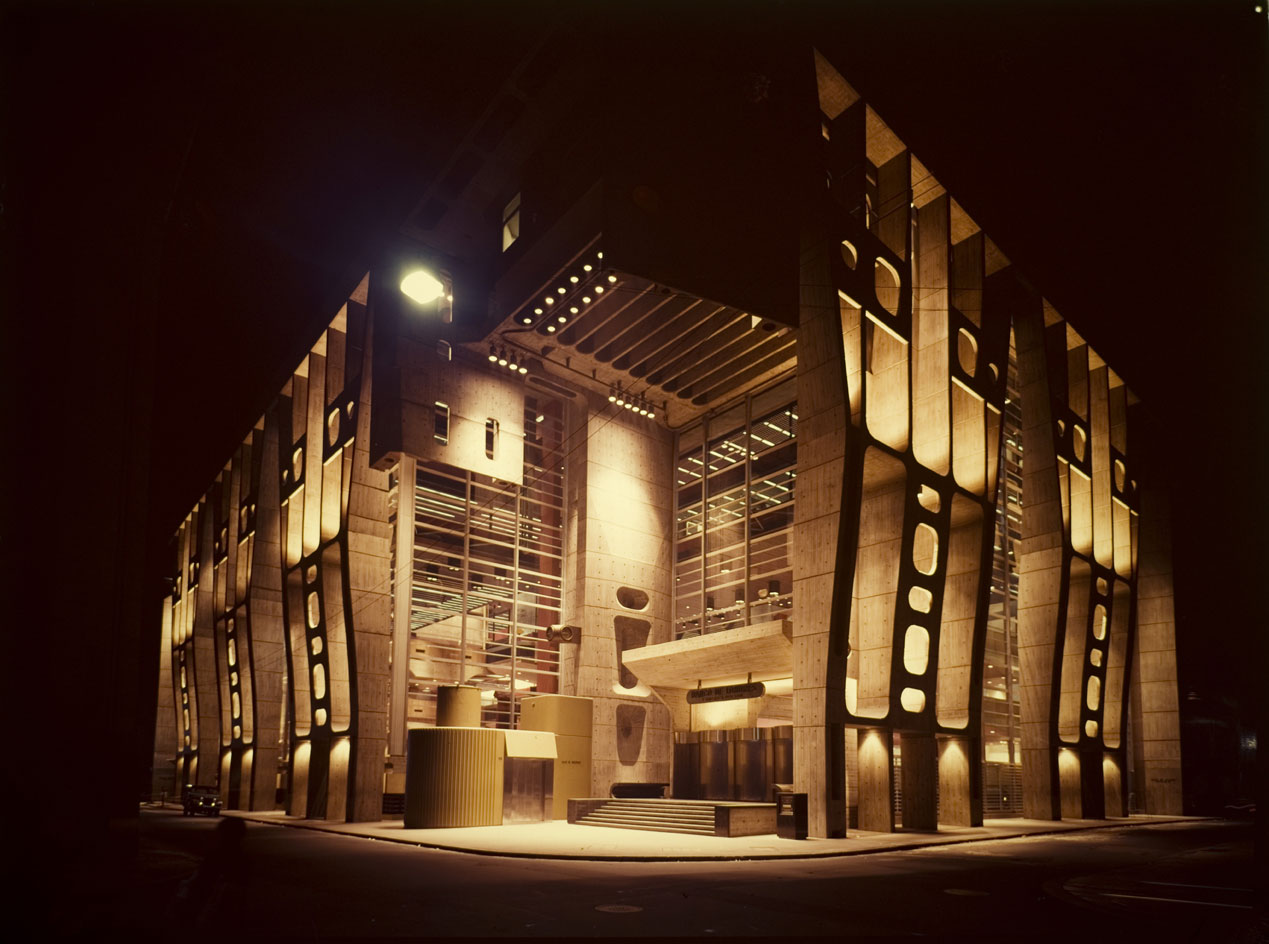
The Bank of London and South America in Buenos Aires, designed by Clorindo Testa, 1959-66. Courtesy of Archivo Manuel Gomez Piñeiro and Fabio Grementieri
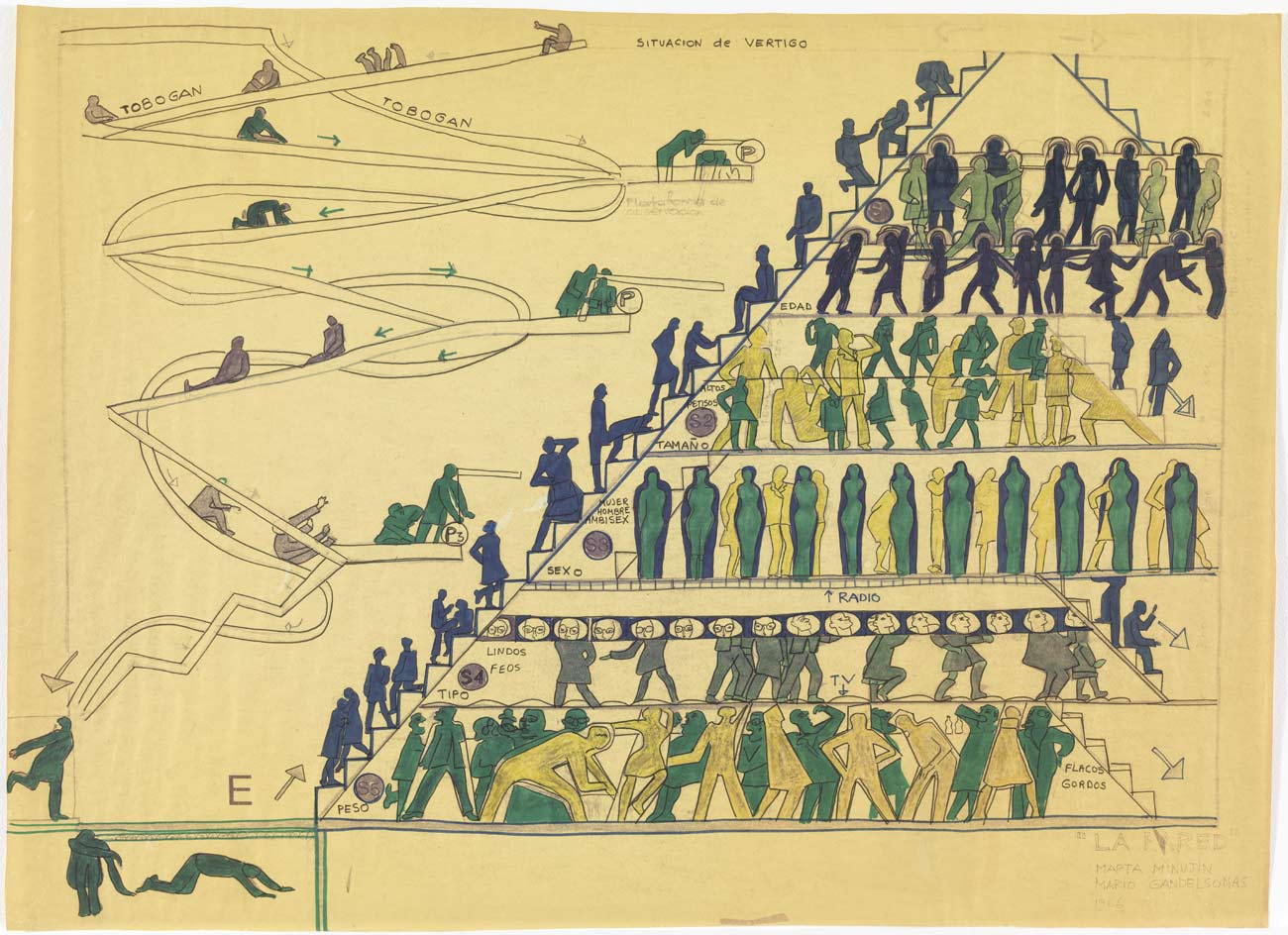
Transformador de Cuerpos, Buenos Aires, Argentina - a pencil and ink drawing by Mario Gandelsonas and Marta Minujin, 1966. Courtesy of Museum of Modern Art, New York. Gift of the Architect
Address
MoMA
11 West 53 Street
New York, NY 10019-5497
TELEPHONE
212.708 9400
Stephanie Murg is a writer and editor based in New York who has contributed to Wallpaper* since 2011. She is the co-author of Pradasphere (Abrams Books), and her writing about art, architecture, and other forms of material culture has also appeared in publications such as Flash Art, ARTnews, Vogue Italia, Smithsonian, Metropolis, and The Architect’s Newspaper. A graduate of Harvard, Stephanie has lectured on the history of art and design at institutions including New York’s School of Visual Arts and the Institute of Contemporary Art in Boston.
-
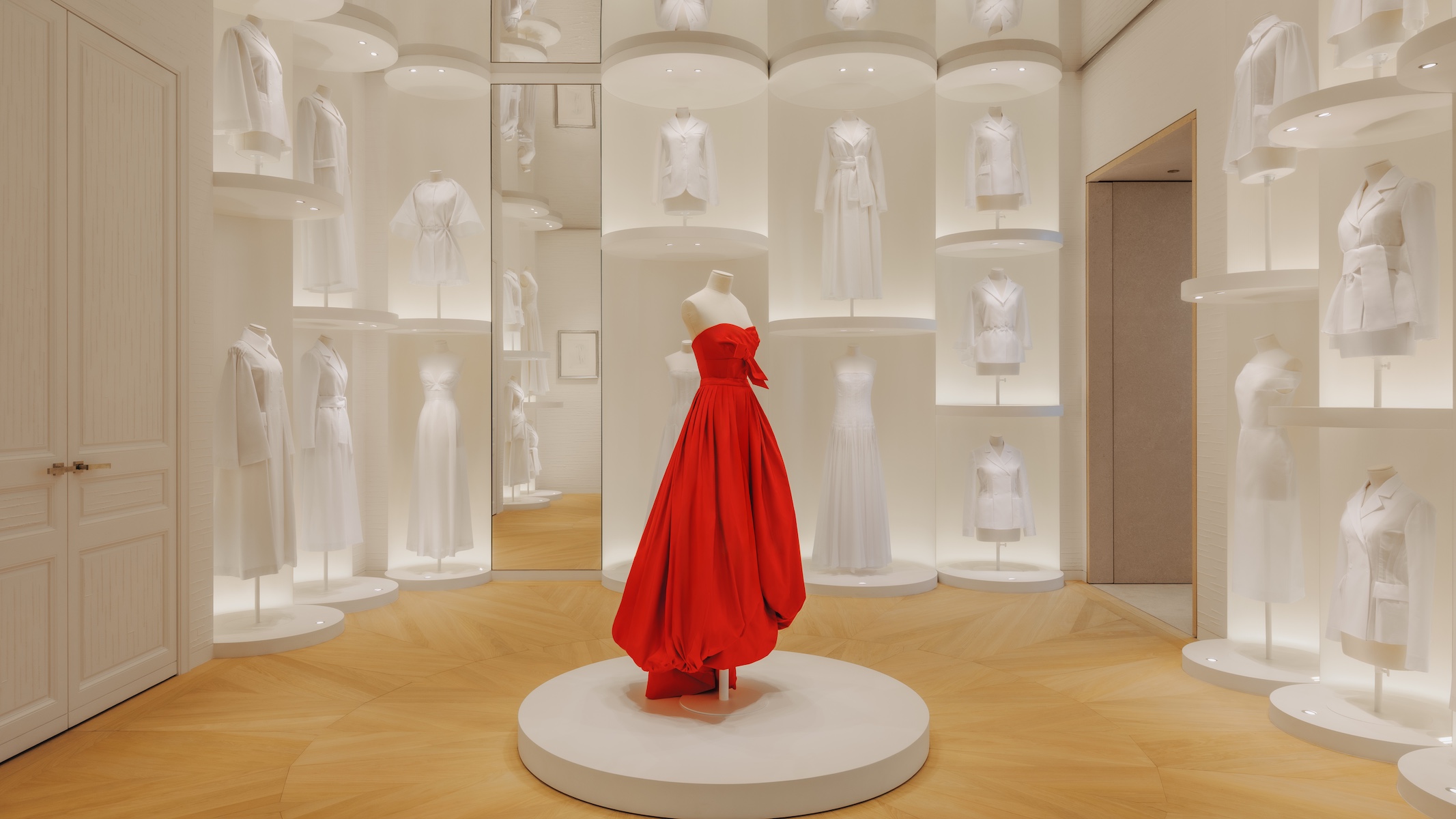 Inside Christian de Portzamparc’s showstopping House of Dior Beijing: ‘sculptural, structural, alive’
Inside Christian de Portzamparc’s showstopping House of Dior Beijing: ‘sculptural, structural, alive’Daven Wu travels to Beijing to discover Dior’s dramatic new store, a vast temple to fashion that translates haute couture into architectural form
-
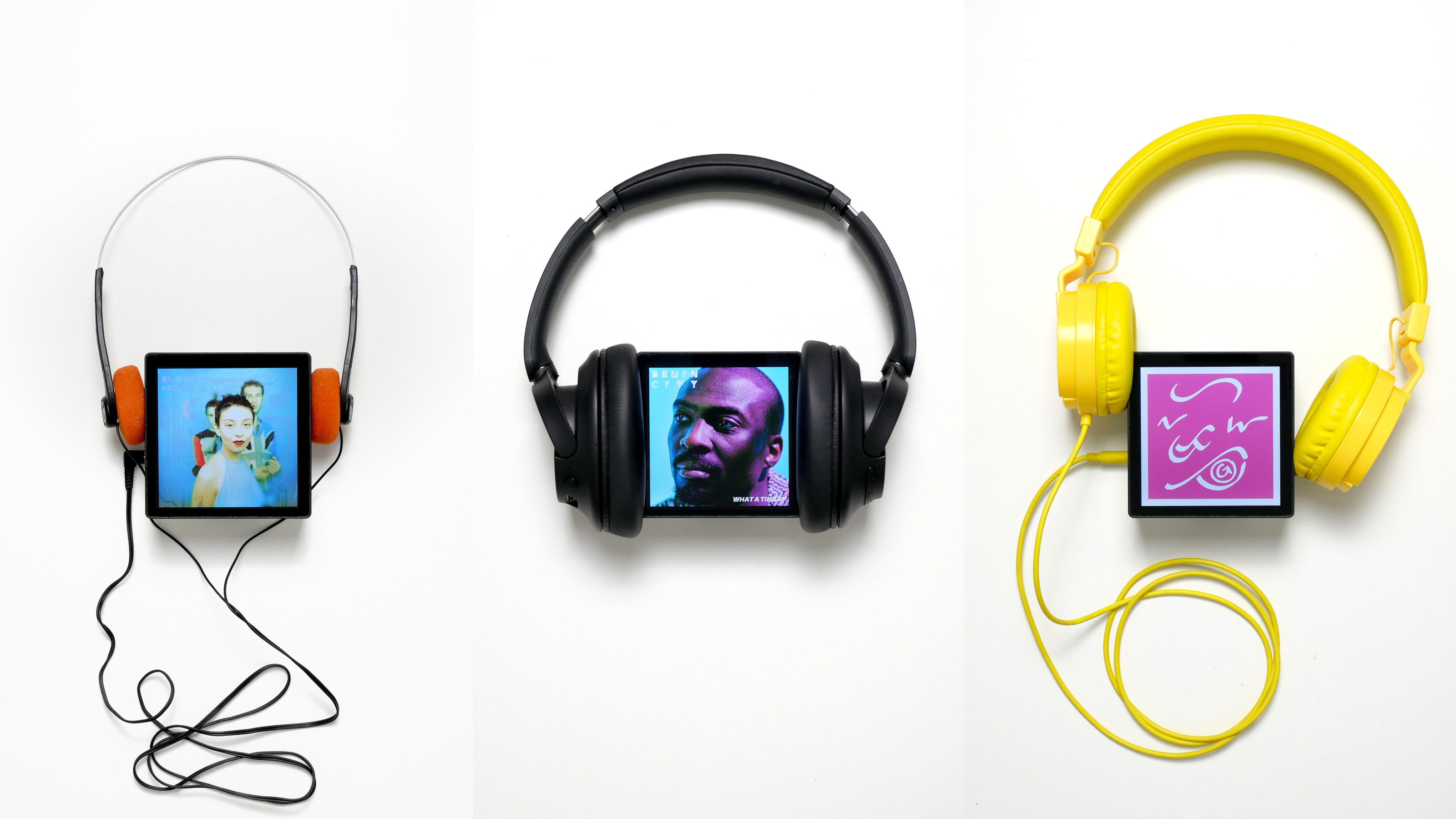 A music player for the mindful, Sleevenote shuns streaming in favour of focused listening
A music player for the mindful, Sleevenote shuns streaming in favour of focused listeningDevised by musician Tom Vek, Sleevenote is a new music player that places artist intent and the lost art of record collecting at the forefront of the experience
-
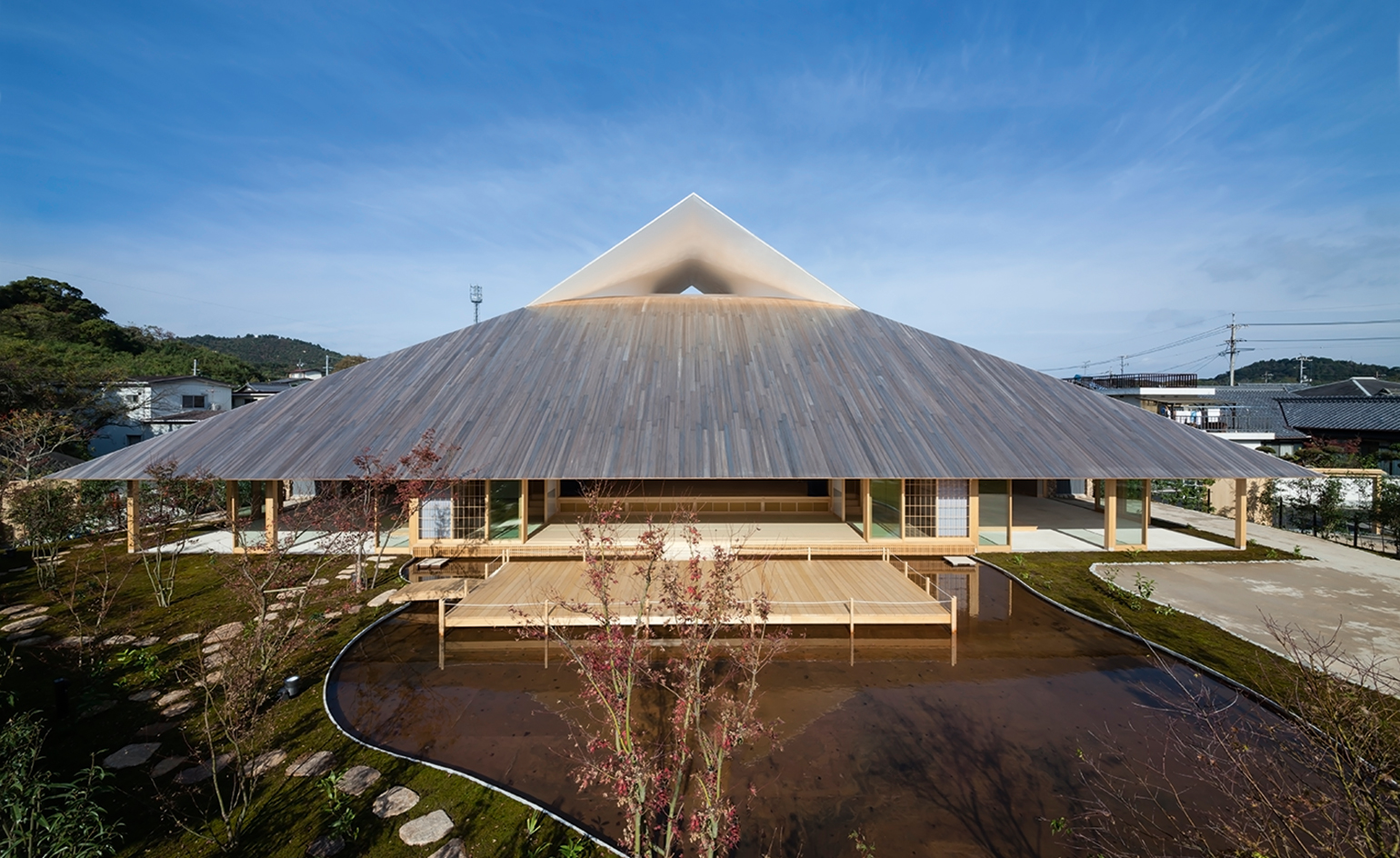 Take a tour of the 'architectural kingdom' of Japan
Take a tour of the 'architectural kingdom' of JapanJapan's Seto Inland Sea offers some of the finest architecture in the country – we tour its rich selection of contemporary buildings by some of the industry's biggest names
-
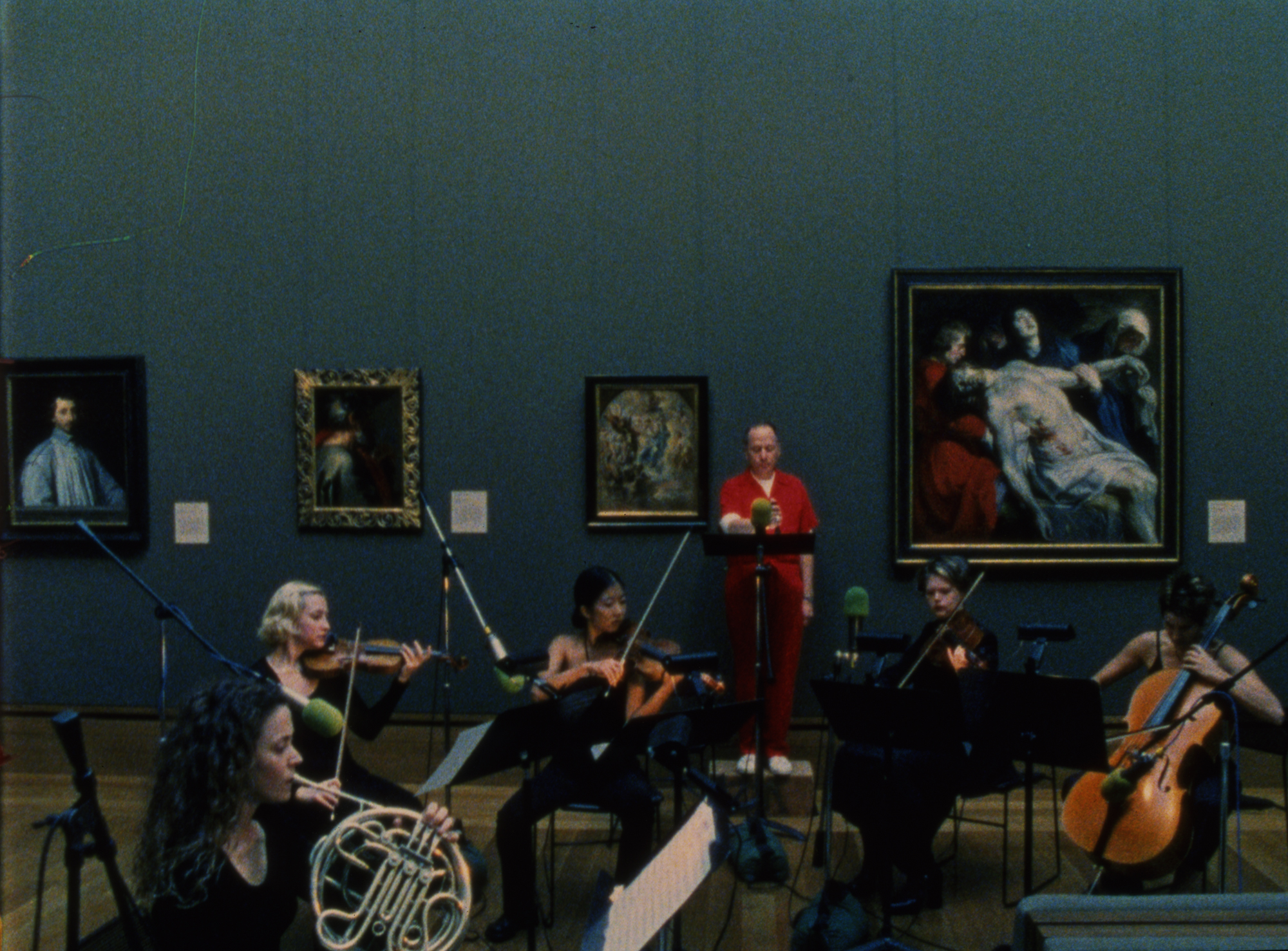 Stephen Prina borrows from pop, classical and modern music: now MoMA pays tribute to his performance work
Stephen Prina borrows from pop, classical and modern music: now MoMA pays tribute to his performance work‘Stephen Prina: A Lick and a Promise’ recalls the artist, musician, and composer’s performances, and is presented throughout MoMA. Prina tells us more
-
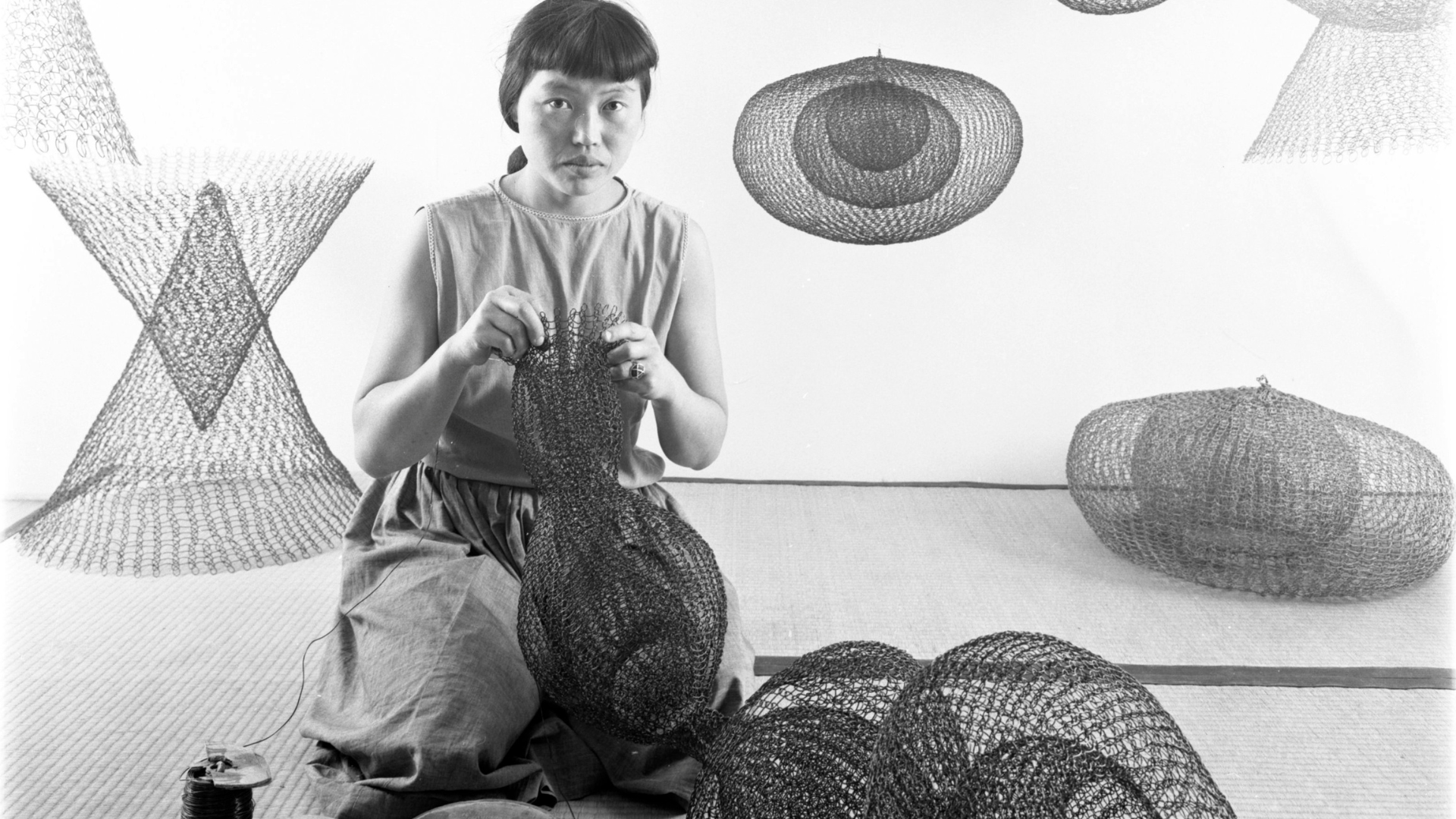 The best Ruth Asawa exhibition is actually on the streets of San Francisco
The best Ruth Asawa exhibition is actually on the streets of San FranciscoThe artist, now the subject of a major retrospective at SFMOMA, designed many public sculptures scattered across the Bay Area – you just have to know where to look
-
 MoMA names Christophe Cherix its new director
MoMA names Christophe Cherix its new directorThe Swiss-born curator has worked in the Museum of Modern Art’s drawings and prints department since 2007
-
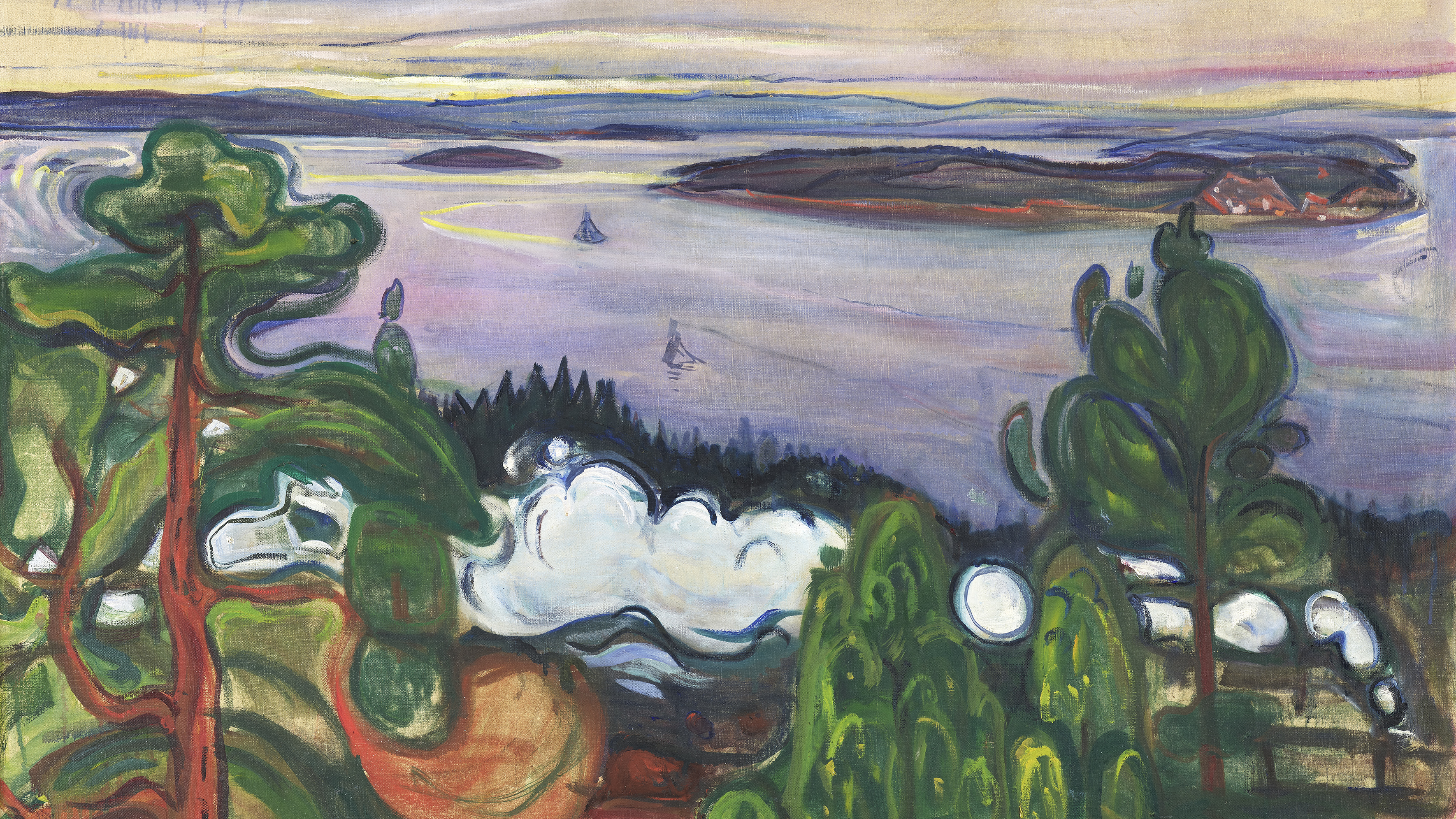 Switzerland’s best art exhibitions to see in 2025
Switzerland’s best art exhibitions to see in 2025Art fans, here’s your bucket list of the standout exhibitions to see in Switzerland in 2025, exploring compelling themes and diverse media
-
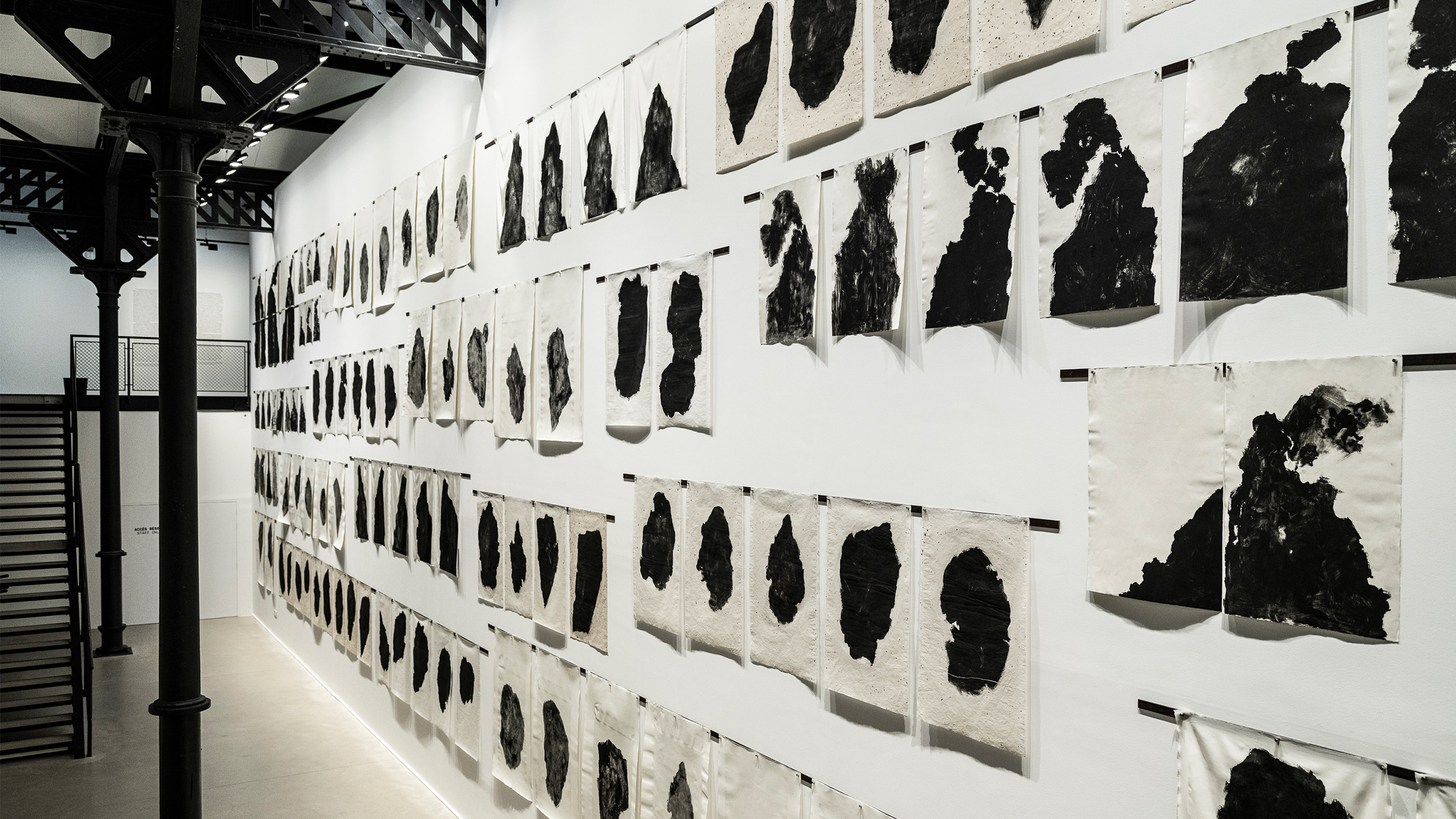 34th São Paulo Bienal arrives at Luma Arles for first European presentation
34th São Paulo Bienal arrives at Luma Arles for first European presentationAn exhibition of highlights from the 34th São Paulo Bienal is at Luma Arles, marking its European and tour finale
-
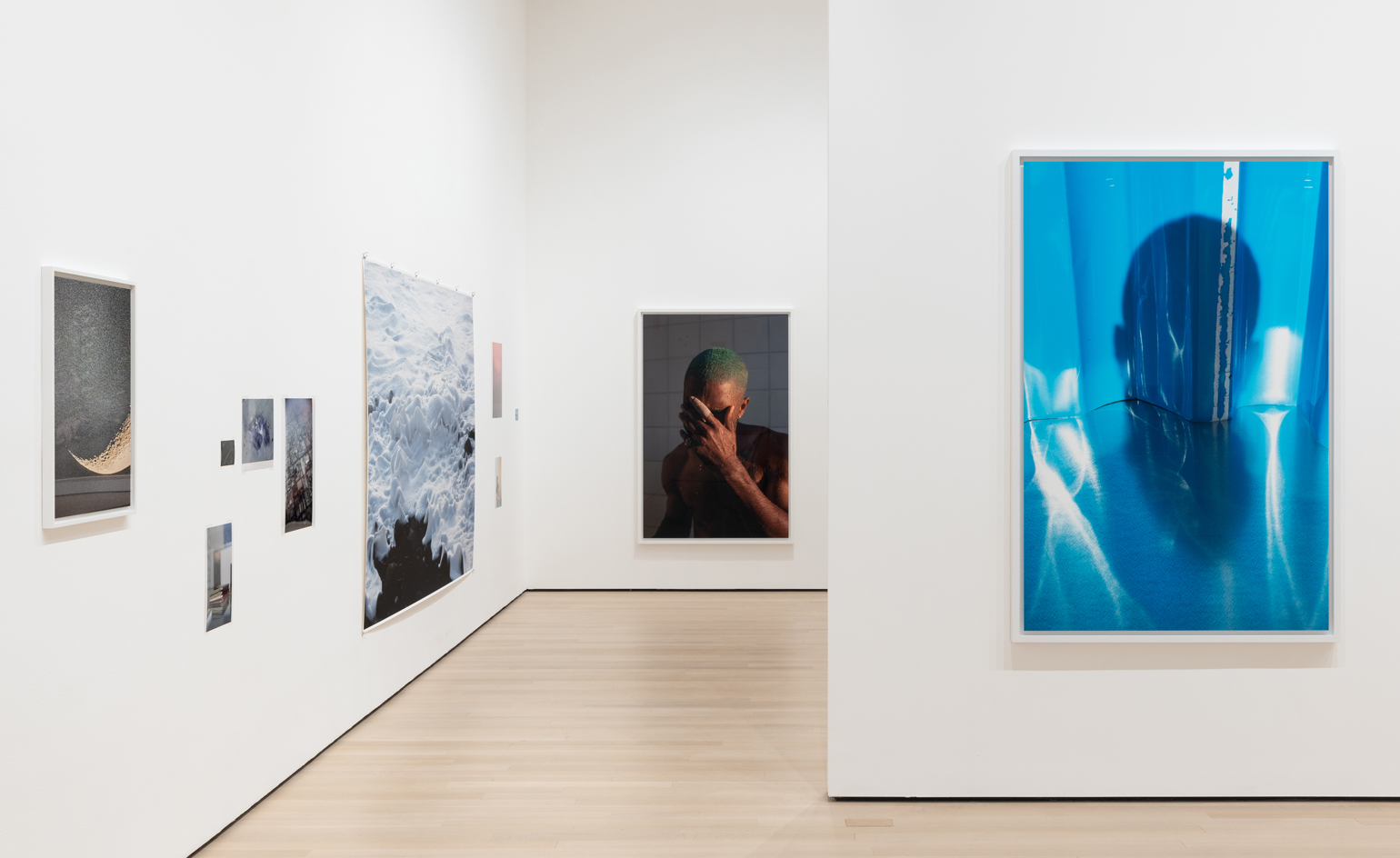 Wolfgang Tillmans on shaping photography as we know it: ‘I want to lay reality bare’
Wolfgang Tillmans on shaping photography as we know it: ‘I want to lay reality bare’As Wolfgang Tillmans’ retrospective ‘To Look Without Fear’ opens at MoMA, we interview the acclaimed photographer about 35 years of activism, breaking conventions and capturing ‘the weight of existence’ through the everyday
-
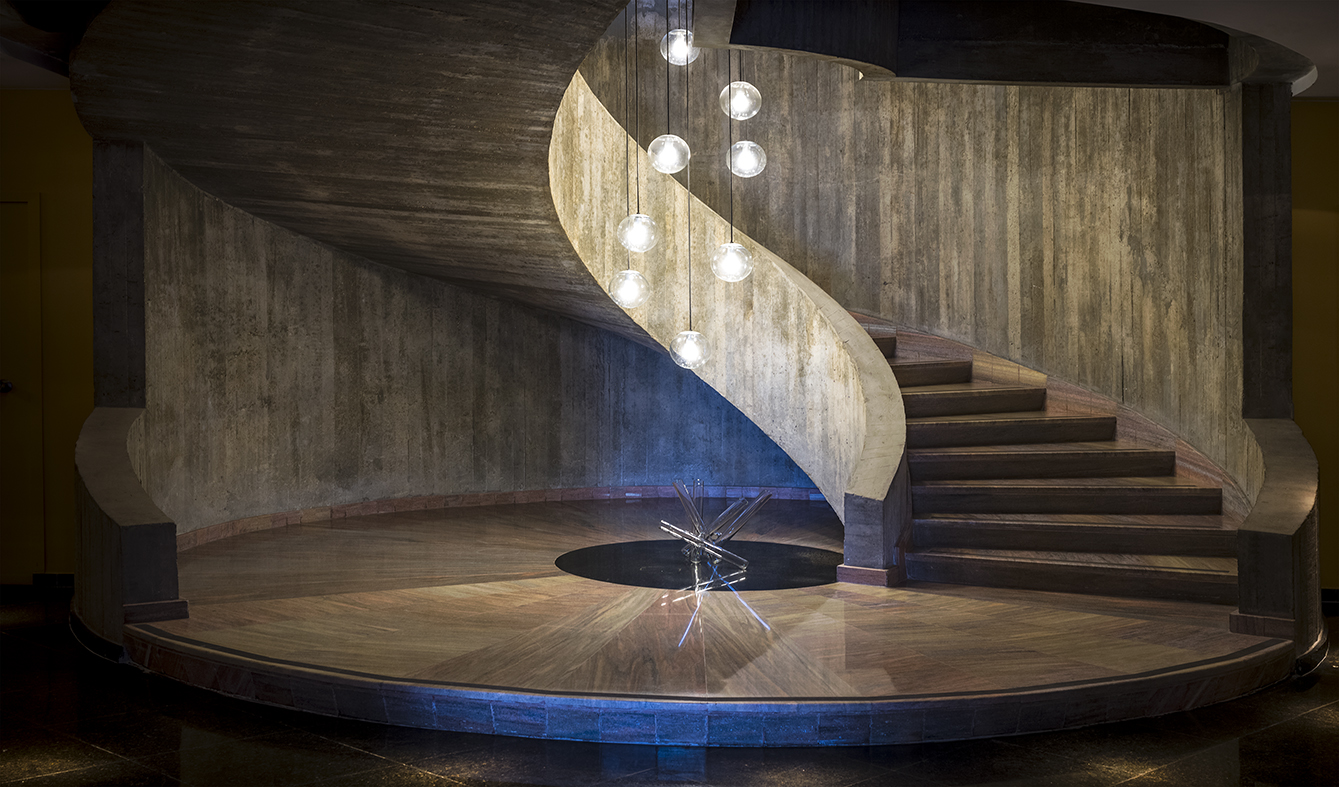 Travel to Brasilia with photographer Vincent Fournier
Travel to Brasilia with photographer Vincent FournierWe tour Brazil's mesmerising capital through the lens of artist and photographer Vincent Fournier and his latest book, Brasília: A Time Capsule
-
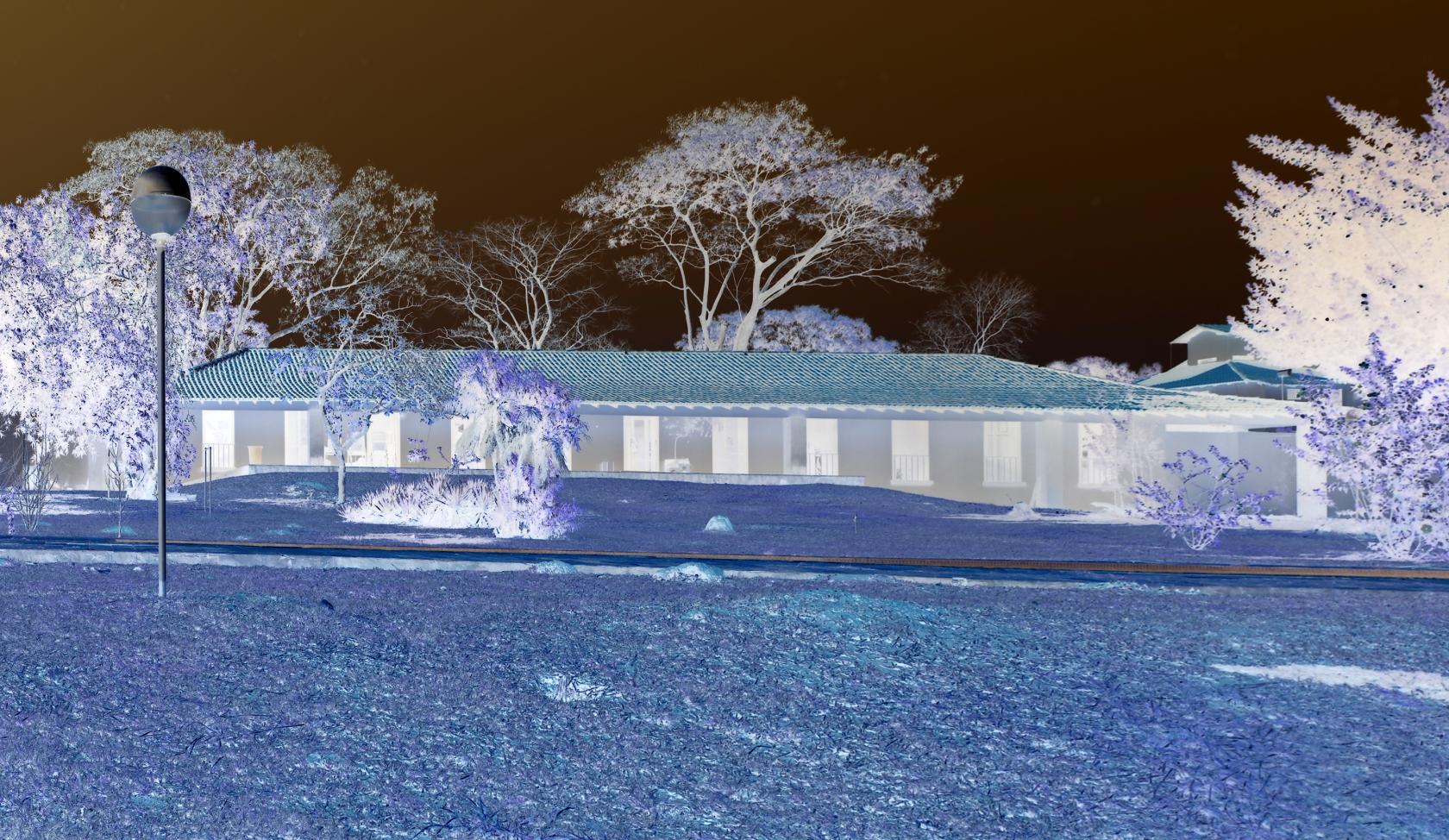 Haunting photos capture the secrets of Oscar Niemeyer's Brasilia ghost house
Haunting photos capture the secrets of Oscar Niemeyer's Brasilia ghost housePhotographer Jason Oddy takes us through his series on Casa Niemeyer, the house in Brasilia that legendary modernist Oscar Niemeyer designed for himself and lived in while the Brazilian capital was under construction